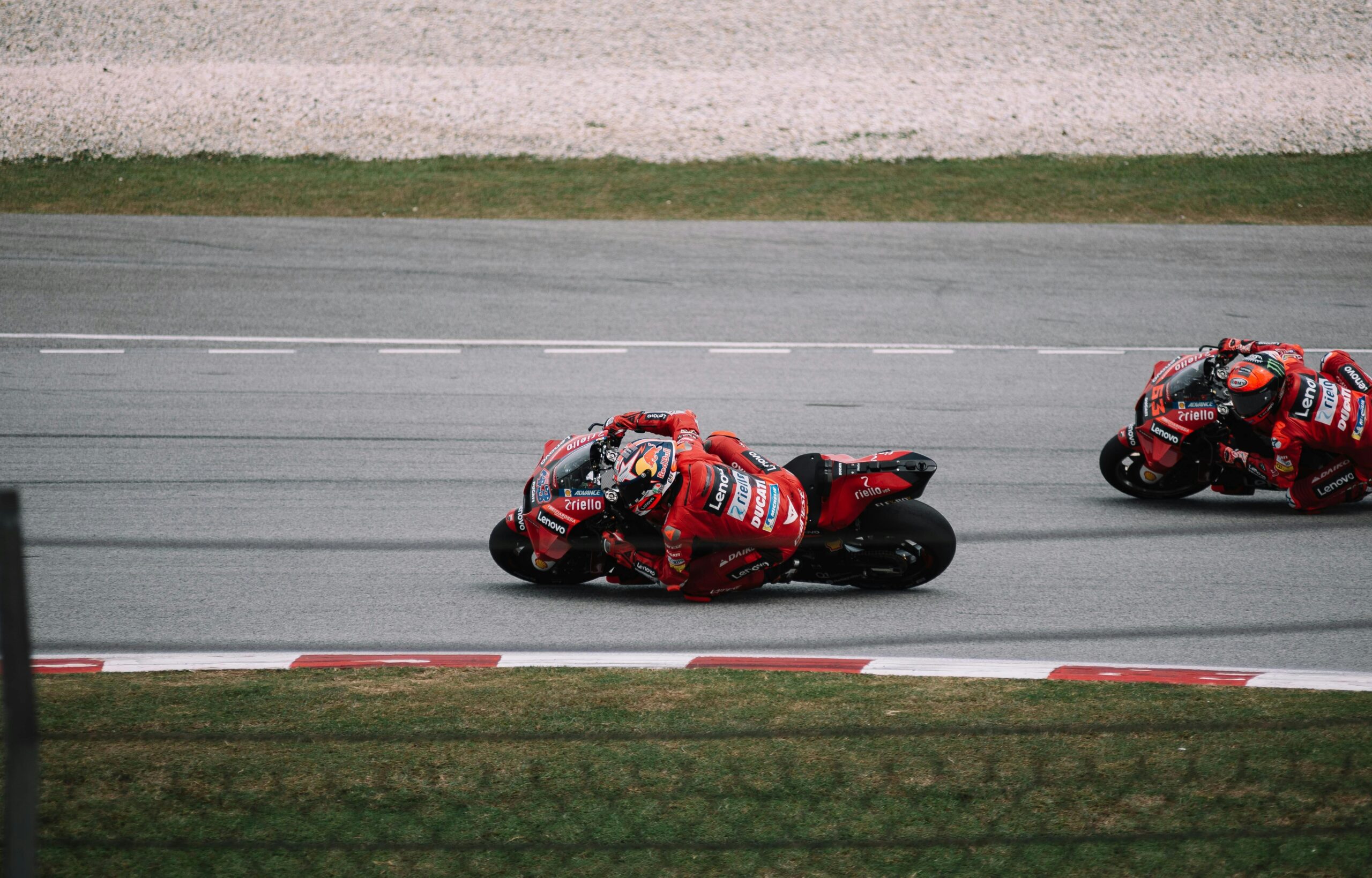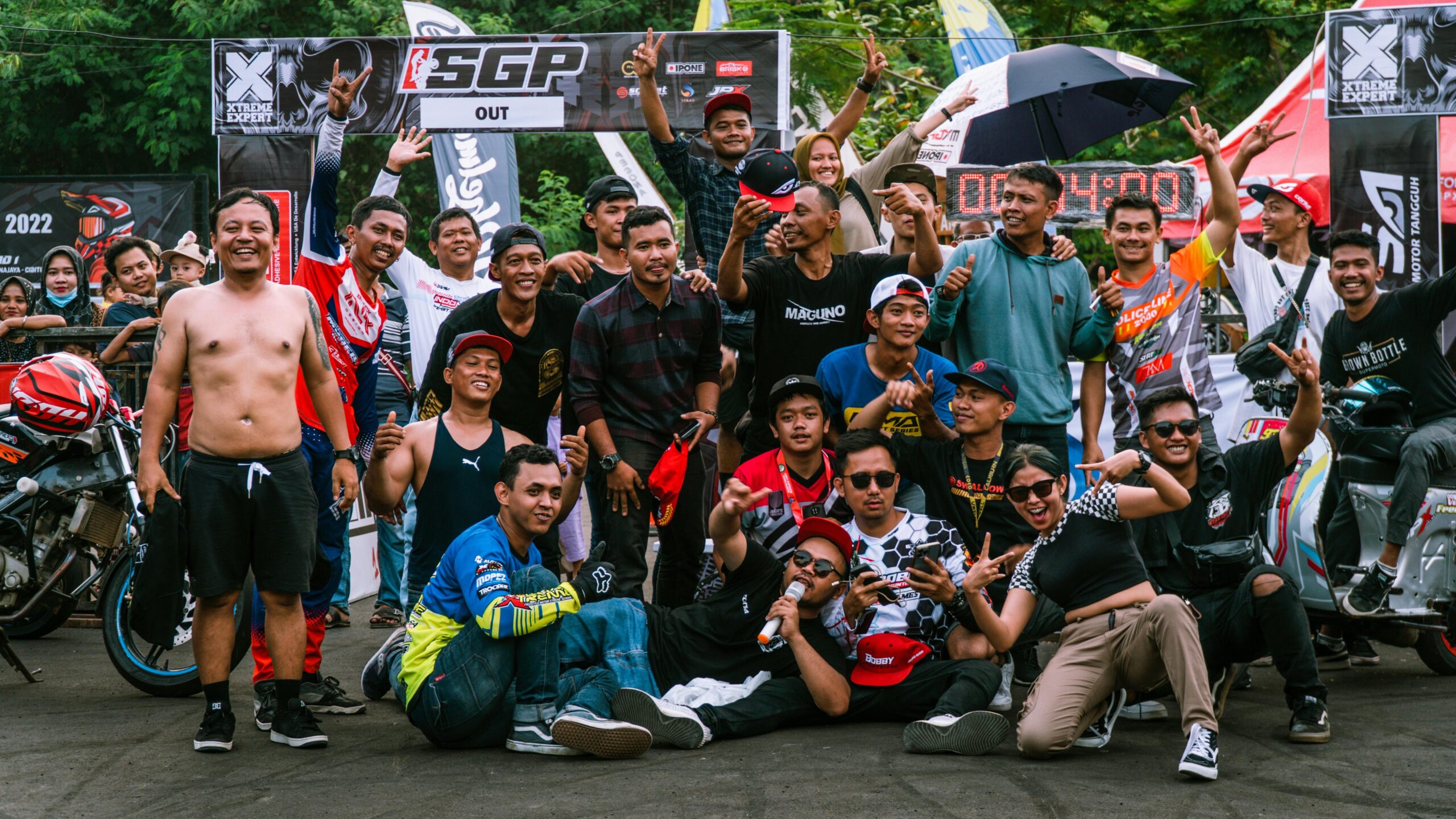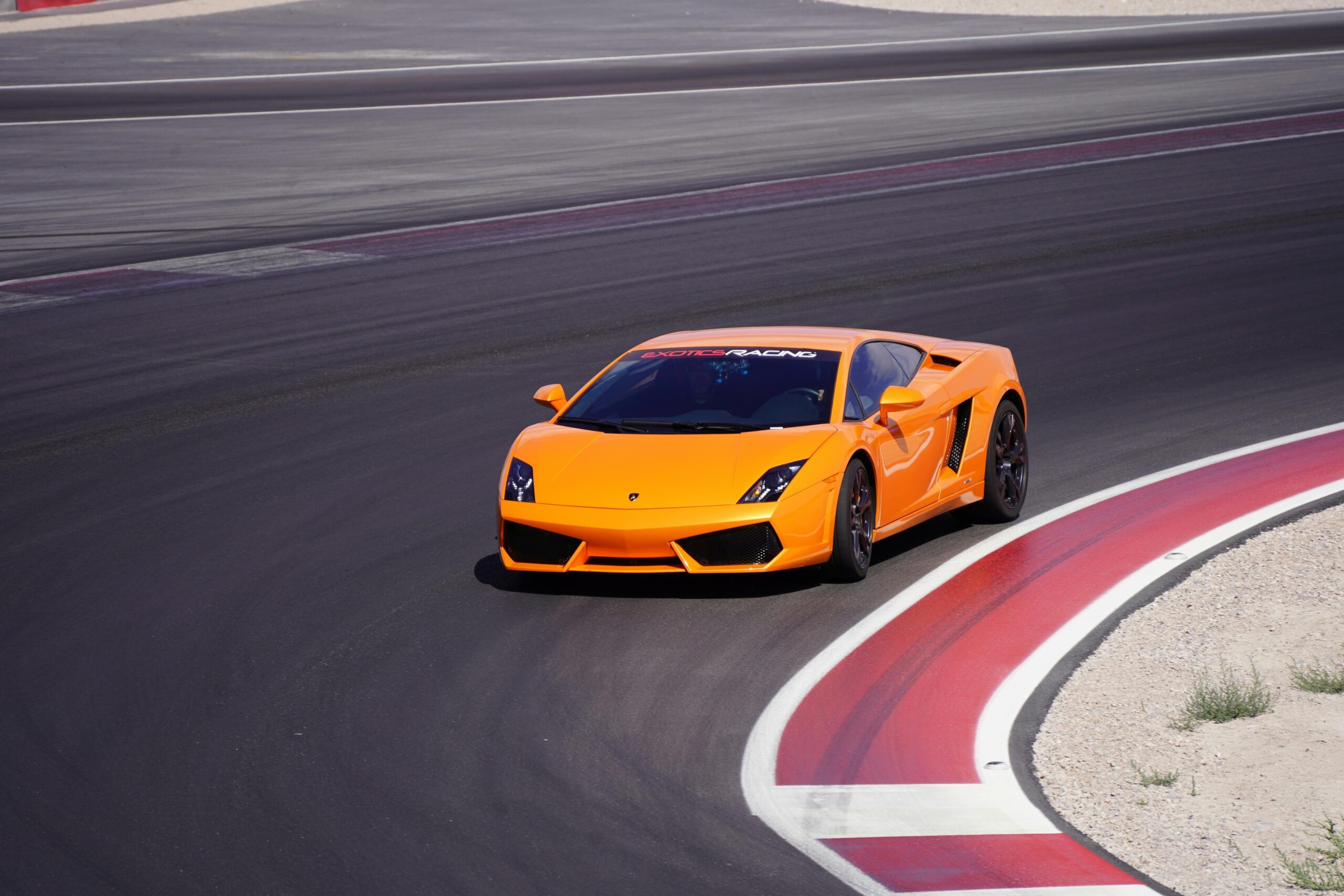“Ever watched a MotoGP race and wondered how riders glide through corners like they’re defying physics? Yeah, us too.”
If you’ve ever wanted to understand the science—and art—behind cornering techniques in MotoGP races, this guide is for you. We’ll break down everything from the foundational skills to advanced tips used by pro riders. By the end of this post, you’ll know exactly what it takes to carve those perfect curves (or at least appreciate them more deeply). Let’s dive into the twists and turns!
Table of Contents
- Key Takeaways
- Why Cornering Matters in MotoGP
- Step-by-Step Guide to Mastering Cornering Techniques
- Pro Tips for Perfect Corners
- Real-Life Examples from MotoGP Legends
- FAQs About Cornering Techniques
- Conclusion
Key Takeaways
- Cornering is one of the most critical skills in MotoGP racing.
- Leaning angle, throttle control, and body positioning are essential components.
- Practice doesn’t make perfect—it makes consistent. Repetition with precision is key.
Why Cornering Matters in MotoGP

Picture this: You’re speeding down the straightaway, adrenaline pumping. Suddenly, a sharp turn looms ahead. What now? Without mastering cornering techniques, even the fastest bike won’t save you from losing precious milliseconds—or worse, crashing out of the race.
In MotoGP, corners aren’t just obstacles; they’re opportunities. Riders who can maintain speed while navigating tight turns gain a significant advantage over competitors. The difference between a mediocre lap time and a podium finish often comes down to how well you handle these moments.
But here’s the painful truth: I once tried mimicking my favorite MotoGP rider during a local track day, only to end up eating asphalt because I didn’t respect the basics. Spoiler alert: Skipping fundamentals never works.
Step-by-Step Guide to Mastering Cornering Techniques
How Do You Prepare for a Corner?
Before diving into execution, preparation is paramount.
- Approach Speed: Reduce your speed gradually before entering the corner. Sudden braking disrupts balance and momentum.
- Visualize Line Choice: Pick your line early—an apex-focused trajectory ensures smoother navigation.
- Positioning: Shift your body weight towards the inside of the turn. This lowers the center of gravity, enhancing stability.
What Are the Key Components During Execution?
Once prepared, focus on three elements:
- Throttle Control: Feather the throttle as you lean into the corner, progressively increasing power as you exit.
- Leaning Angle: Tilt your upper body inward to counterbalance the centrifugal force. Trust us—it feels weird but works wonders.
- Countersteering: Gently push the handlebars opposite the direction of the turn. Counterintuitive? Yes. Effective? Absolutely.
Optimist You: “Follow these steps carefully!”
Grumpy You: “Ugh, fine—but don’t forget the helmet unless you want permanent brain damage.”
Pro Tips for Perfect Corners

- Always prioritize traction over speed. Lose grip, lose the race.
- Invest in professional coaching if possible. Their feedback accelerates learning exponentially.
- Avoid mirroring every technique blindly—it’s about adapting styles to YOUR strengths.
- Terrible Tip Disclaimer: Do NOT try knee-dragging without proper training. It looks cool on TV but ends disastrously otherwise.
Real-Life Examples from MotoGP Legends
Take Marc Márquez, aka “The Baby Alien.” Known for his aggressive riding style, he uses extreme lean angles combined with precise throttle modulation to dominate corners. Even when recovering from injuries, his mastery of cornering keeps him competitive.
Then there’s Valentino Rossi, whose smooth transitions and calculated risks revolutionized modern MotoGP strategies. Watching his footage reveals how small adjustments create massive gains.
FAQs About Cornering Techniques
- Is countersteering safe for beginners?
- Yes—if practiced under supervision. It might feel unnatural initially but becomes second nature with repetition.
- Can I learn MotoGP-level cornering on public roads?
- Nope. Save those stunts for controlled environments! Public roads lack the safety measures needed for such maneuvers.
- What gear helps improve cornering performance?
- Invest in high-quality tires designed for superior grip and a reliable suspension setup that absorbs shocks efficiently.
Conclusion
Mastering cornering techniques isn’t just about winning races—it’s about embracing the thrill of precision riding. By understanding the nuances of leaning angles, throttle control, and body positioning, you can elevate your skills significantly.
Remember, practice makes consistent—not perfect. Keep pushing yourself, stay safe, and enjoy the ride. And hey—like an old Tamagotchi, your cornering prowess needs daily care to flourish.


